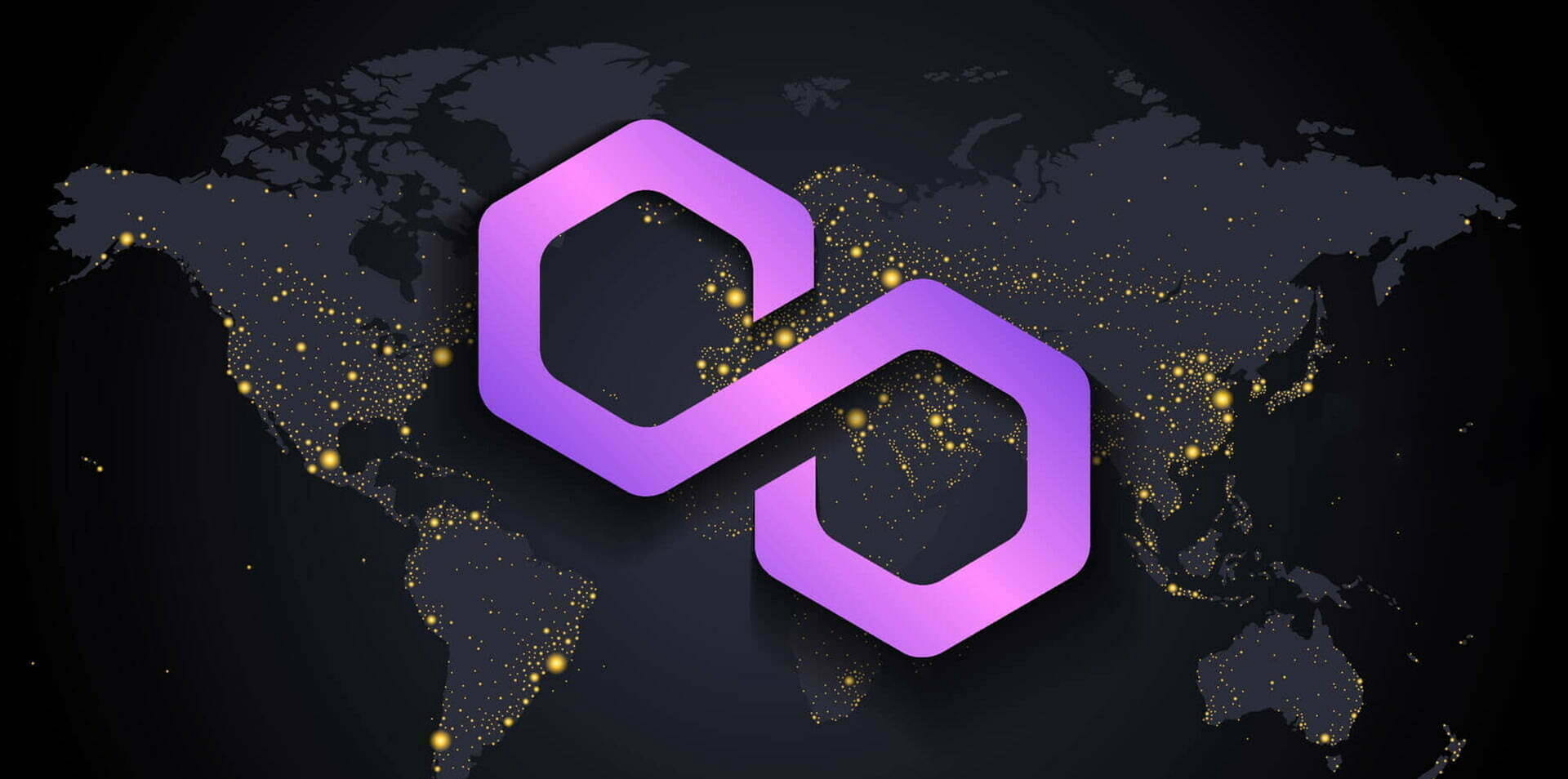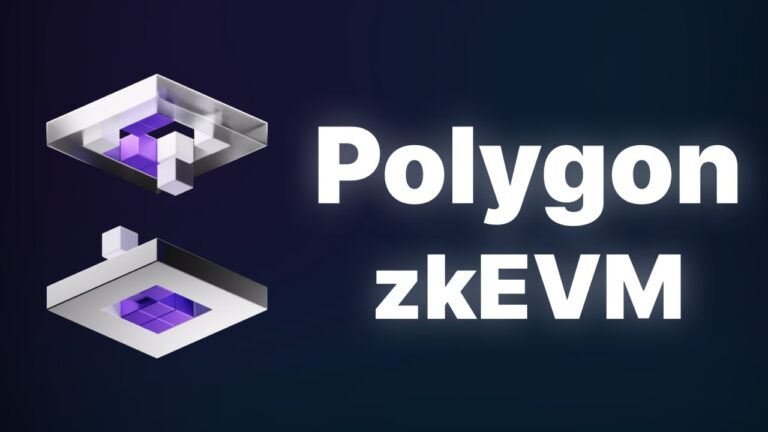Polygon zkEVM and POL: Once praised as the go-to Ethereum scaling solution, Polygon (MATIC) has recently seen market momentum swing dramatically. From explosive price gains during the 2021 bull run to sobering corrections amid more general crypto market downturns, MATIC’s price path has been anything but straightforward. Now, with a suite of creative technology improvements and growing ecosystem connections, the critical question becomes: Can Polygon’s tech push revive the token’s valuation and secure its status as a major player in the blockchain space?
Appreciating the Price Decline in Polygon
MATIC, Polygon’s native coin, peaked in December 2021 at $2.92, during a time when Ethereum Layer 2 scaling solutions were much sought after. Ethereum’s gas fees were soaring at that time, and developers swarmed Polygon, seeking quick, low-cost exchanges. But MATIC’s price dropped as the crypto market descended into a protracted bear trend, languishing below $1 most of 2023 and into early 2024.
Macroeconomic difficulties, U.S. regulatory uncertainties on securities classification, and competition from newly developed Ethereum Layer 2 solutions like Arbitrum, Optimism, and zkSync also strain Polygon’s market value and investor mood. Though network expansion and major developer activities abound, the gap between principles and price remains.
Polygon 2.0 and zkEVM—the Tech Push
Under the name of Polygon 2.0, Polygon Labs started a bold road map to handle issues with scalability and decentralization. This project aims to completely reimagine the Polygon design to turn it into the Value Layer of the Internet, beyond ordinary improvement.
Polygon zkEVM—a zero-knowledge Ethereum Virtual Machine that lets developers use zero-knowledge roll-ups to deploy current Ethereum smart contracts—is fundamental in this change. ZkEVM enables almost instantaneous finality and considerably lowered gas costs, unlike optimistic roll-ups that depend on fraud proofs and a delay mechanism.
A major attraction for dApp developers seeking scalability without leaving the Ethereum environment is this zkEVM solution’s design to provide Ethereum compatibility without sacrifice. Major DeFi platforms such as Aave, Uniswap, and Quickswap are starting integration or indicating interest in zkEVM deployment, reinforcing confidence in the tech’s utility.
Polygon 2.0 also suggests convergently integrating its several chains into a single, linked ecosystem via a protocol layer called the Polygon Aggregation Layer. This would enable an interoperable multi-chain environment locked by zero-knowledge proofs, allowing flawless communication and value transfer between chains.
Polygon’s Growing Corporate Adoption
While retail mood swings with the state of the market, Polygon’s business development team has silently amassed an outstanding list of relationships with well-known companies. Among the big companies starting NFT projects or loyalty programs on the Polygon blockchain are Starbucks, Adidas, Reddit, Meta (Facebook/Instagram), and DraftKings.

These partnerships confirm Polygon’s business-ready blockchain architecture and demonstrate companies’ confidence in the network’s scalability and low carbon impact. Polygon is one of the few blockchains that reaches carbon neutrality in line with corporate ambitions driven by ESG.
Moreover, the Polygon ID project—an identity infrastructure using zero-knowledge proofs—seeks to enable Web3 apps with verifiable credentials. This creates new use cases outside token speculation in distributed finance, gaming, and compliance areas.
Tokenomics Update and MATIC to POL Migration
The team has suggested moving from MATIC to a new native token, POL, as part of Polygon 2.0. Like EigenLayer’s approach on Ethereum, the new token will be a hyper-productive tool to secure several chains in the ecosystem using a unique re-staking technique.
This change in tokenomics might be very important in matching incentives for consumers, developers, and validators and in lowering token inflationary pressure. If carried out properly, the POL migration might stabilize the currency’s value and stimulate demand through multi-chain staking rewards and governance involvement. This token upgrade scheme calls for community agreement and well-controlled transition, which is significant. If effective, though, it might spur inspiration and long-term wealth creation.
Market Outlook: How High Can MATIC’s Price Be Pushed?
While networks and adoption tend to prosper over longer periods, the crypto market sometimes, over more extended periods, rewards speculation over fundamentals in the near run. MATIC must align a few important factors if it is to recover its past high, —or surpass them.
First, more generally, the crypto market mood has to be particularly about Polygons, which iss closely linked technically and financially with ETH. A Bitcoin surge or positive macroenvironment—like a Federal Reserve rate cut—would propel all boats, including MATIC.
Second, the effective implementation and acceptance of zkEVM and Polygon 2.0 infrastructure must prove its value in manufacturing surroundings. Projects developing on Polygon or moving from Ethereum L1 or another L2 will increase on-chain activity and possibly price appreciation.
Thinly narrating the actual yield and user benefit will be required for main net adoption for the mnetnetd staking incentives. In DeFi systems, yield-bearing tokens have always drawn attention; a successful POL coin might attract institutional and ordinary investors alike.
Finally, proper regulatory policies are essential. Among the assets listed in 2023, MATIC was among the estimations against centralized exchanges, including Coinbase and Binance. A succession—that is, clarity on its utility status—would eliminate a major bur—would price recovery.
Examining Polygon Against Other Layer 2 Solutions
Other Ethereum Layer 2 networks, including Arbitrum and Optimism, are fiercely competitive for Polygon faces. Arbitrum leads in total value locked (TVL) with its Nitro upgrade and active DAO governance; optimism has advanced via the Optimism Collective and its Superchain vision.
Polygon distinguishes itself with its multi-pronged approach—zkEVM development, strong enterprise acceptance, carbon-neutral status, and a defined road plan for token utility enhancement. Long term, this approach could provide it an advantage. In the long run, with its zk-rollup scaling technology, it could compete with competitors in speed and cost-effectiveness.
Furthermore, Polygon includes independent validator sets and intends for shared security using reto shareechniques, unlike many L2s that depend just on Ethereum. Only generally, the only thing that becomes a competitive difference.
Will the tech push of Polygon revive its price?
Technical evolution based on real blockchain issues, including scalability, interoperability, and developer experience. Although short-term price swings could still rely on more general market cycles, an established basis could define Polygon’s place in the next phase of crypto acceptance.
Scalable and developer-friendly infrastructure will rule as the distributed web approaches broad acceptance. Polygon seems to be wagering long-term on this future. MATIC (or its successor POL) could see a price comeback if its technology keeps delivering and ecosystem adoption follows.

